Michelle Moog-Koussa gives local flavor to an international legacy
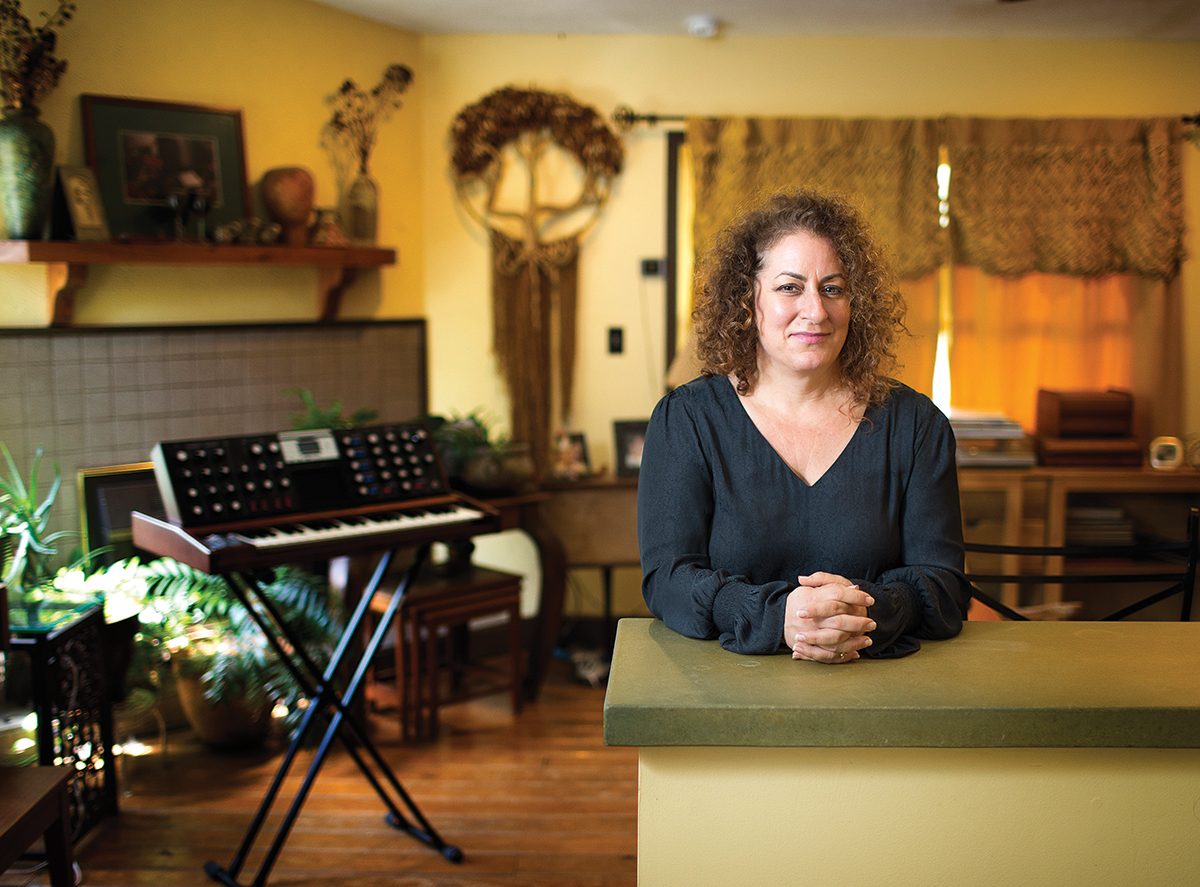
Portrait by Matt Rose
Michelle Moog-Koussa didn’t know much about her famous father’s legacy until Robert Moog, inventor of the the first commercial synthesizer, died in 2005.
“My father always held his career at arm’s length from the family, so I had very, very little exposure to ‘Bob Moog’ as a kid and even as an adult,” she says. “When he was sick, and when he passed away, we received thousands of testimonials from people all over the world attesting to how he had changed or even transformed their lives.”
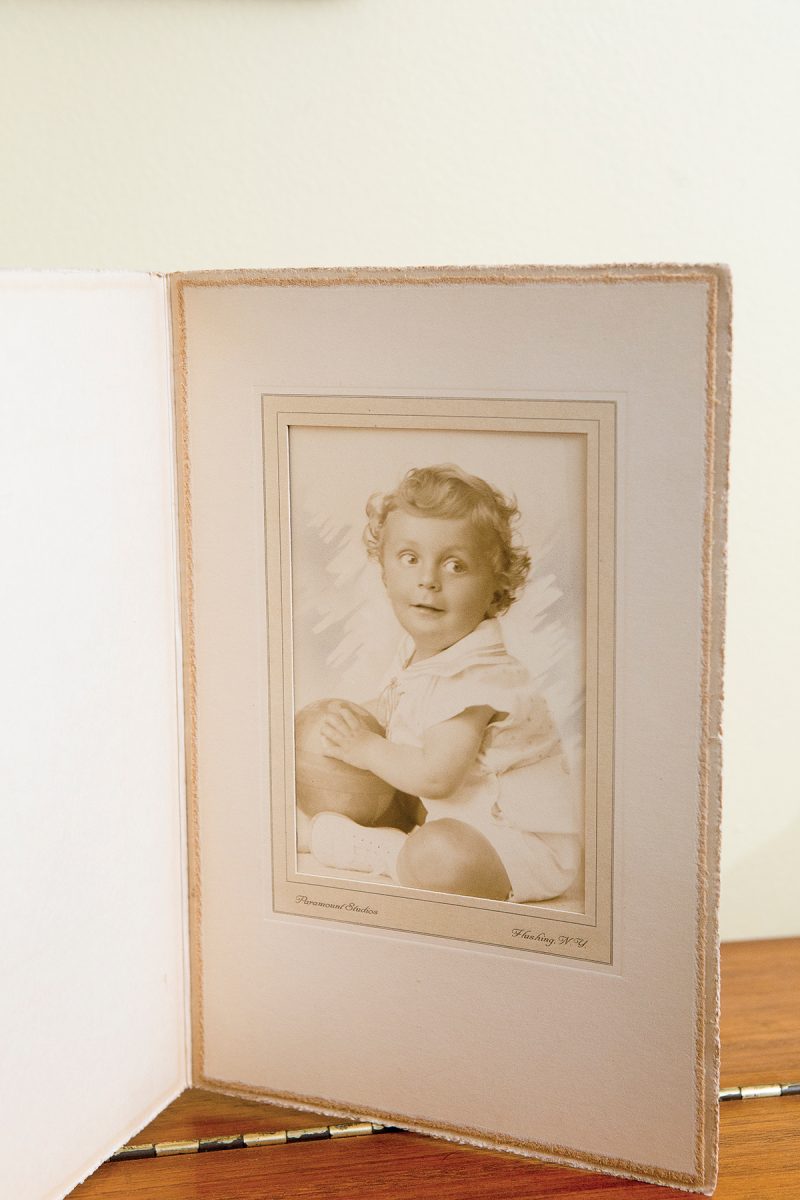
Moog moved with his family to the Turkey Creek area of Leicester in the late 1970s, operating his business under various names until his death; it was in Asheville that he developed the Moogerfooger effects pedal, the Minimoog Voyager analog synthesizer, and the modern-day version of the theremin.
“In reading those testimonials,” says Moog-Koussa, “I was introduced to Bob Moog as the world knew him, which was quite an overwhelming experience that took a long time to process.”
Now, Moog-Koussa is keeping her father’s legacy alive in her own way. She is the executive director of the nonprofit Bob Moog Foundation, which recently opened the Moogseum in downtown Asheville, at 56 Broadway. (The Foundation and the Moogseum are not affiliated with Moog Music, the nearby factory that manufactures Moog synthesizers and theremins. “The two entities are completely separate,” notes Moog-Koussa.)
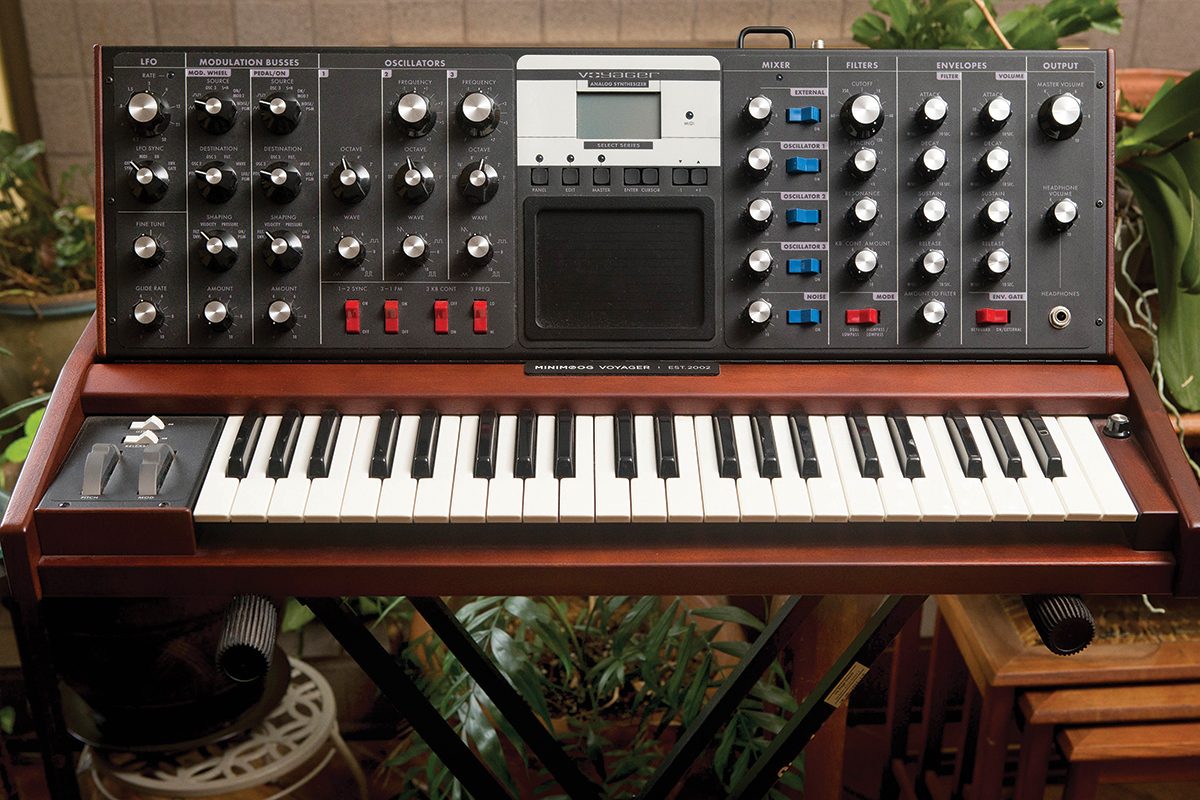
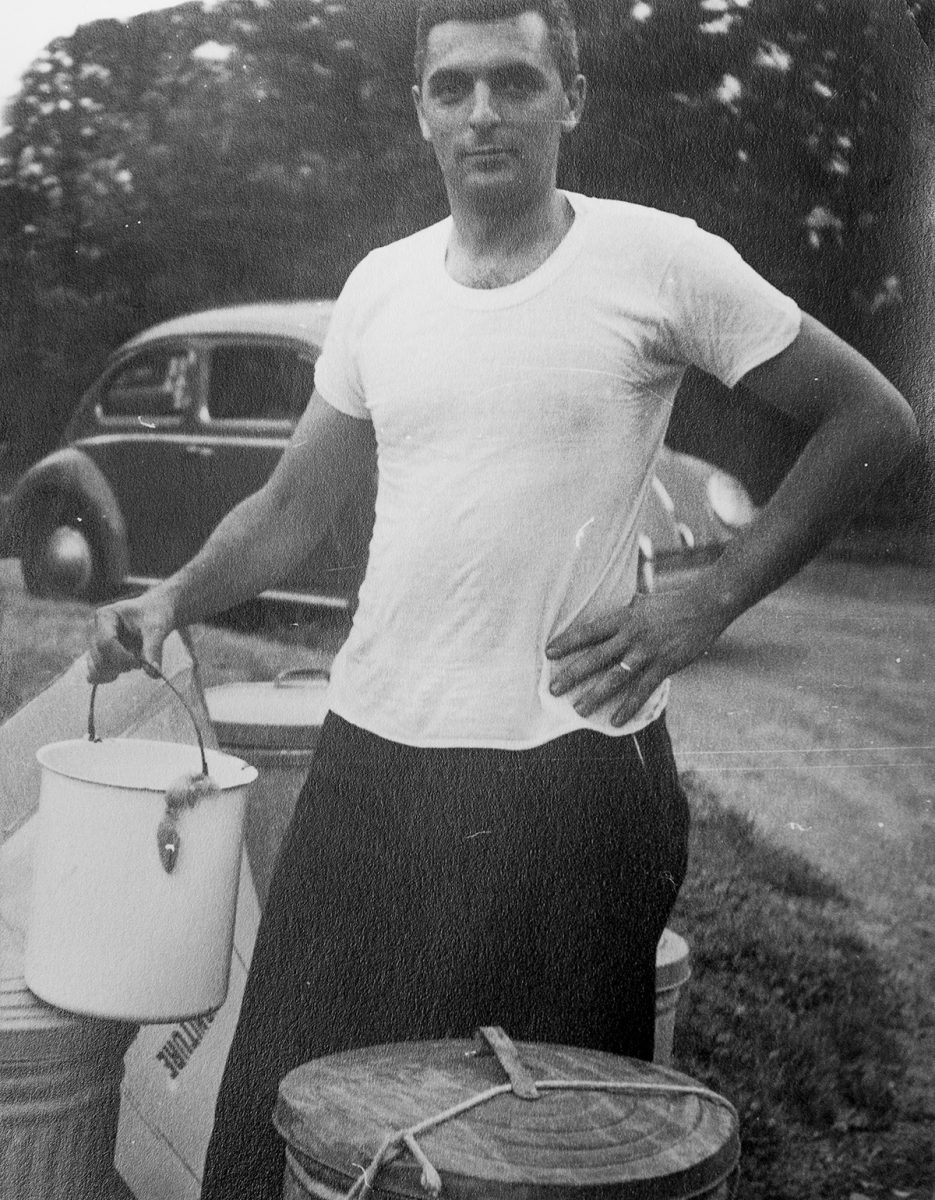
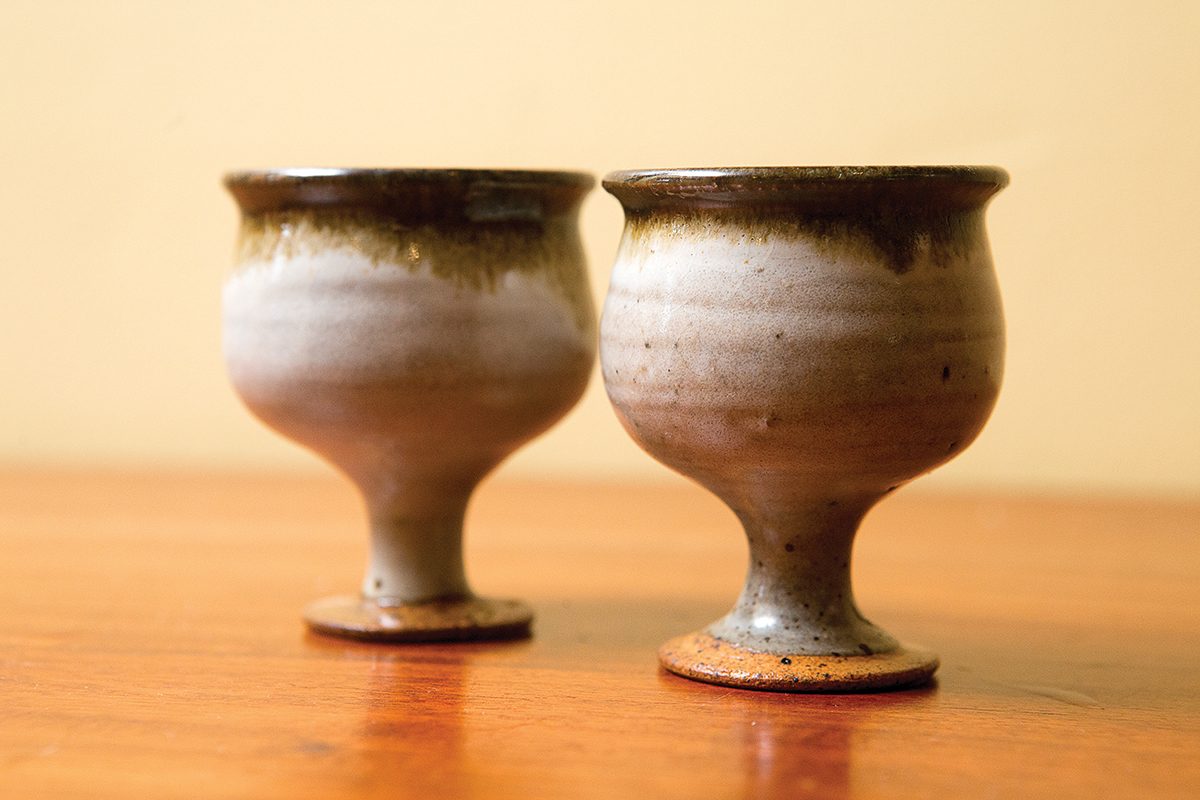
while they gazed at the night sky in rural Leicester (bottom).
Photos by Matt Rose
The Moogseum features eight permanent exhibits, many of them interactive, that invite visitors to explore the inventor’s life and work and the fascinating 120-year history of sound synthesis. The venue is temporarily hosting the original Moog Synthesizer prototype, on loan from The Henry Ford Museum in Dearborn, Michigan.
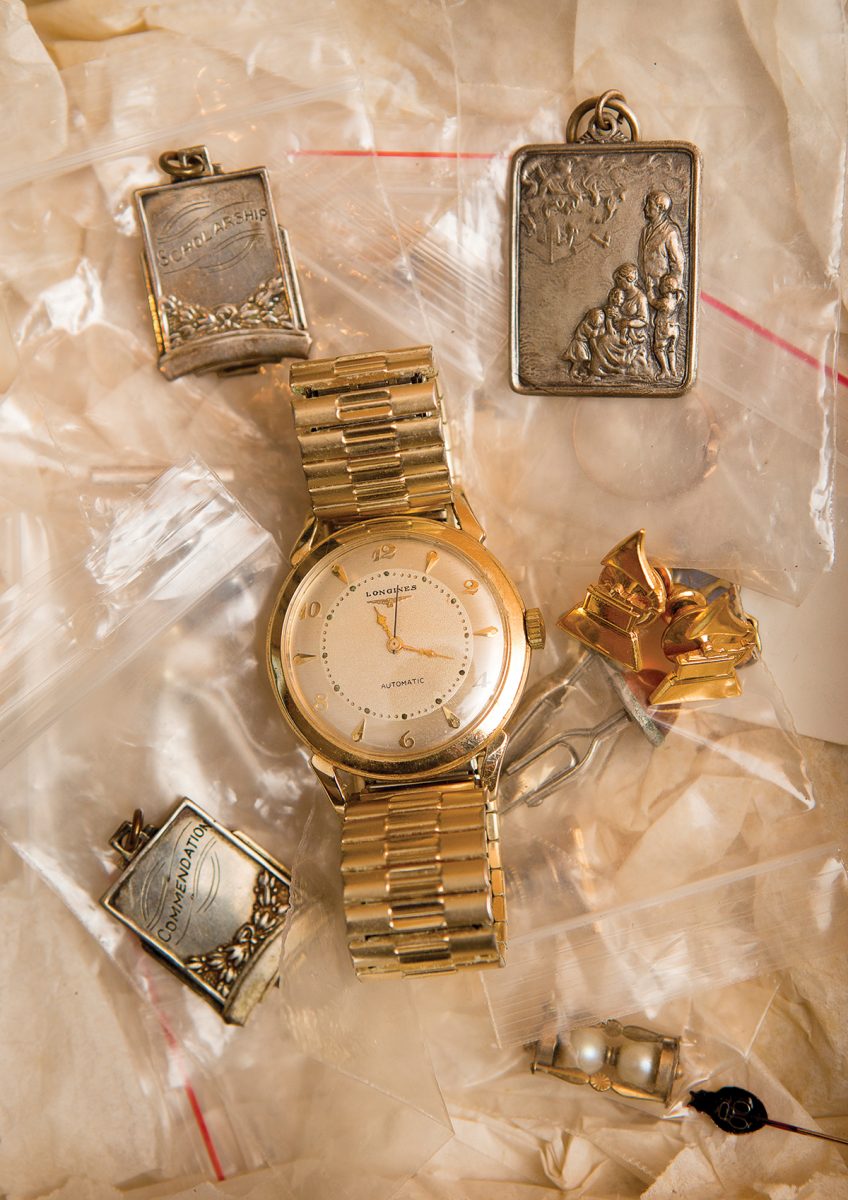
Photo by Matt Rose
Moog-Koussa also keeps several of her father’s inventions at home in her raised ranch house in rural Alexander. Her interior is, in her own words, “modest, but artful and warm” — and undeniably influenced by her global travels. She says she is “immensely fond” of a batik of mother and child she purchased while living in Sénégal, West Africa, with her husband Joseph: “It serves as an artistic cornerstone of our living room.” (She is mom to son Gregory, 24, and daughter Yasmine, 19.) She also indicates a pair of small, ceramic digestif goblets. “My parents used to drink cognac from them every night as they looked at the night sky. … These were some of the more peaceful, connected times in their everyday lives.”
Today, she and her family revel in their scenic acre in northwestern Buncombe County. “That beauty,” says Moog-Koussa, “informs how people feel when they come to my home.”
What’s your favorite room?
We have a large west-facing deck where we eat and spend time as a family eight or nine months out of the year. From the deck, we have a beautiful long-range view of the mountains, with lush farming properties in between. When guests rave about our deck, I joke that it’s my favorite “room” in the house. The natural beauty provides an energetic reset for my entire family. The nightly sunsets in particular are spectacular.
Which Moog instruments do you have in your home … and do you play them?
We have a purple backlit Moog Voyager, which I play occasionally. My family and work life consume my free time, so I don’t get to play it as often as I would like, but I think that will change in the next year or so, and I’m really looking forward to spending some time doing some sonic exploration on that instrument. I’m also honored to have my father’s teak upright baby grand Yamaha piano, which graces our living room. We also own a R.A. Moog Melodia Theremin and a rare R.A. Moog PMS-15 theremin amplifier, but those are both at the Moogseum now.
Why did you and the foundation want to open the Moogseum?
It’s our opportunity to bring our long-time work in education and archival preservation together to present Bob’s passions in a highly experiential environment … [but one that is] accessible to people of all ages.
What’s your favorite exhibit of the eight?
If I had to choose, it would be the Bob Moog Timeline. It’s beautifully presented graphically through three touch-screen kiosks [designed by Milton Multimedia], but it [also] goes way beyond Bob Moog the icon that most people know. It’s one of my personal goals to portray the story of invention in all of its ups and downs, all of its complexities. Inventors are often known for one or a few peak accomplishments, but those are often only a small part of the story. The timeline helps visitors understand Bob Moog’s life and career in a more meaningful way.
When musicians find out you’re Bob Moog’s daughter, what do they say?
Most often they say how honored they are to meet me because my Dad was such an inspiration in their work. The reverence he cultivated came not only through his musical achievements, but through being a humble, open, unassuming guy.
Can you list some names?
Keith Emerson, Roger Powell, Bernie Worrell [Parliament-Funkadelic], Rick Wakeman [Yes], Gary Numan [Tubeway Army, Nine Inch Nails], Stevie Wonder, Herbie Hancock.
How do you view your father’s legacy?
It’s a story of innovation, collaboration, creativity, and persistence that led to a musical revolution. [He] inspired people to use and think about sound in an entirely new way. He expanded the sonic universe.
What is your favorite song that uses a Moog synthesizer?
It’s absolutely impossible to choose. Over the last five decades, there have been so many truly extraordinary players, spread across a variety of genres. It would be close-minded of me to have a favorite.
The Moogseum (56 Broadway, Asheville) is open five days a week, 11am-5pm. Closed Sundays and Tuesdays. For more information, call 828-258-1262. www.moogfoundation.org.
